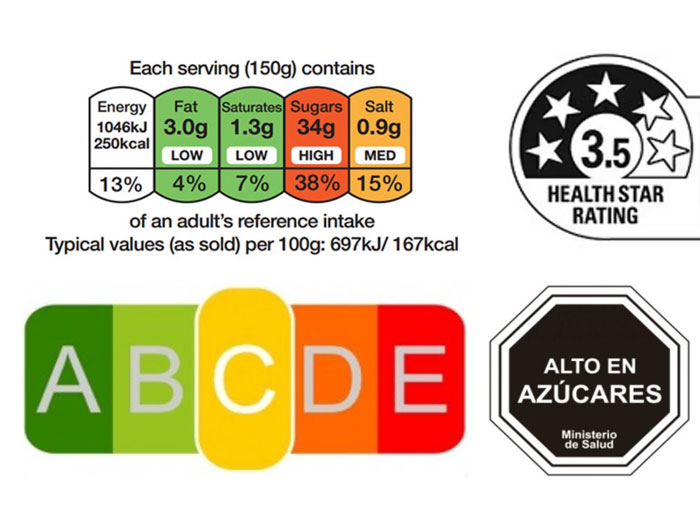How Front-of-Pack Labeling Can Increase Whole Grain Intake
April 11, 2022 | 2 min to read

When nutrient profiling systems work well, they help guide shoppers toward products that contribute to an overall diet more closely aligned with dietary recommendations. However, not all nutrient profiling systems are created equal and many of them overlook whole grains entirely.
We all choose the foods we eat for a wide variety of reasons – our familiarity with the food, our comfort level with preparing the food, our perceptions about how it will taste and nourish us, our particular preferences and the restrictions we may have due to health conditions or allergies. We also choose food within a content where certain rules and regulations exist to provide transparency to us as consumers, and sometimes, to nudge us toward healthier choices. For instance, in the US, all food packages must display accurate Nutrition Facts Labels and Ingredients Lists, and health claims made on packaging are tightly regulated.
In recent years there has been a strong global trend toward the use of nutrient profiling systems that call out some of a product’s nutritional attributes on the front of the package or use an algorithm to classify a product as belonging to a healthy or unhealthy category of foods. When these systems work well, they can help guide shoppers toward products that contribute to an overall diet that is more closely aligned with dietary guidelines recommendations – a diet that limits total calories, saturated fat, added sugar, and sodium, while encouraging increased intake of foods like fruits, vegetables, whole grains, pulses, and nuts. However, not all nutrient profiling systems are created equal and many of them overlook whole grains entirely, despite the fact that whole grains are very well-recognized for their health benefits and are featured in most dietary guidance around the world.
To read the rest of the story, please go to: Whole Grains Council
